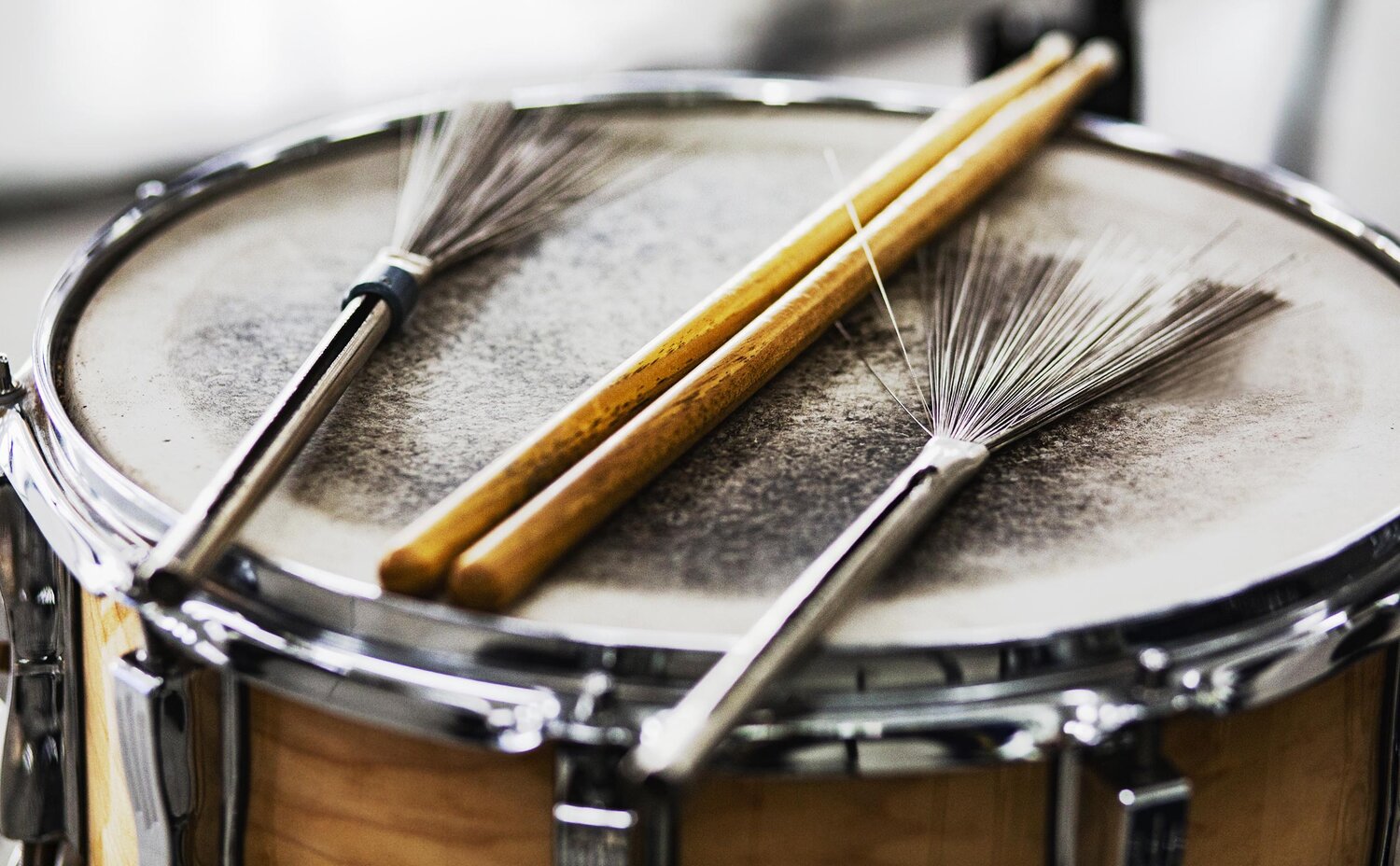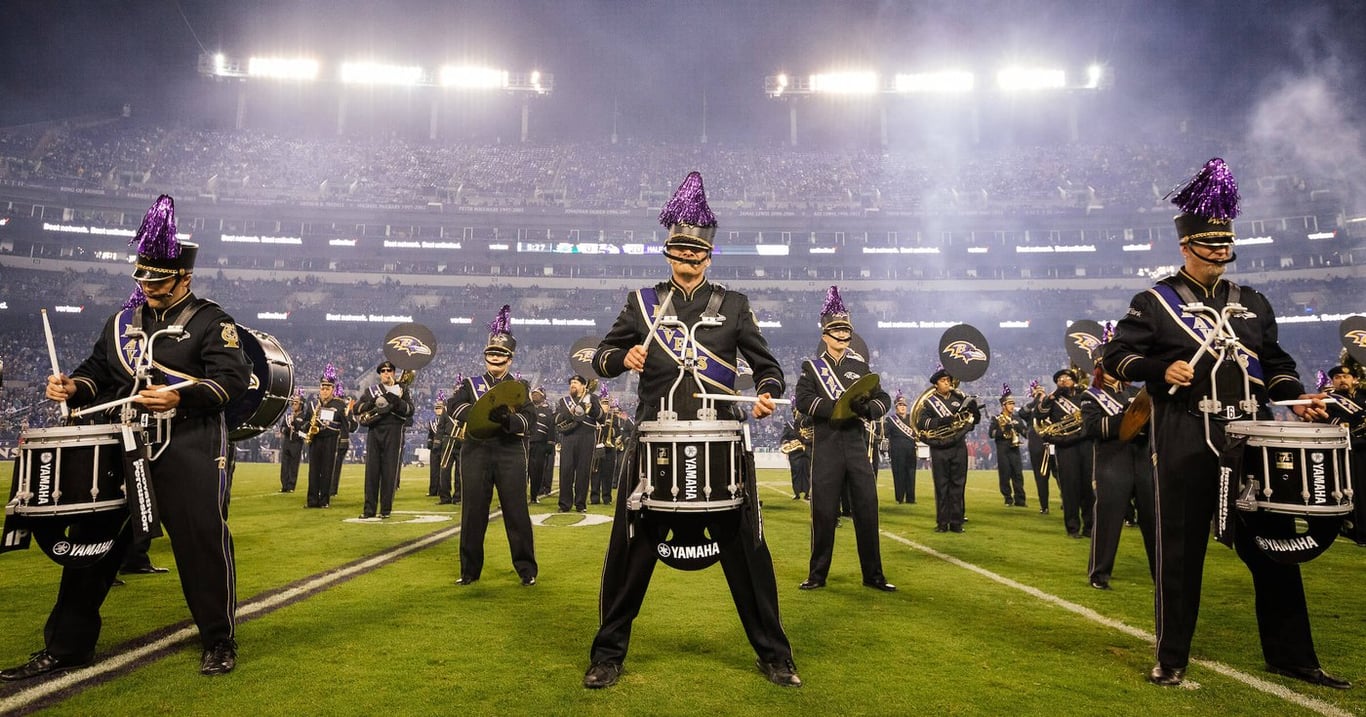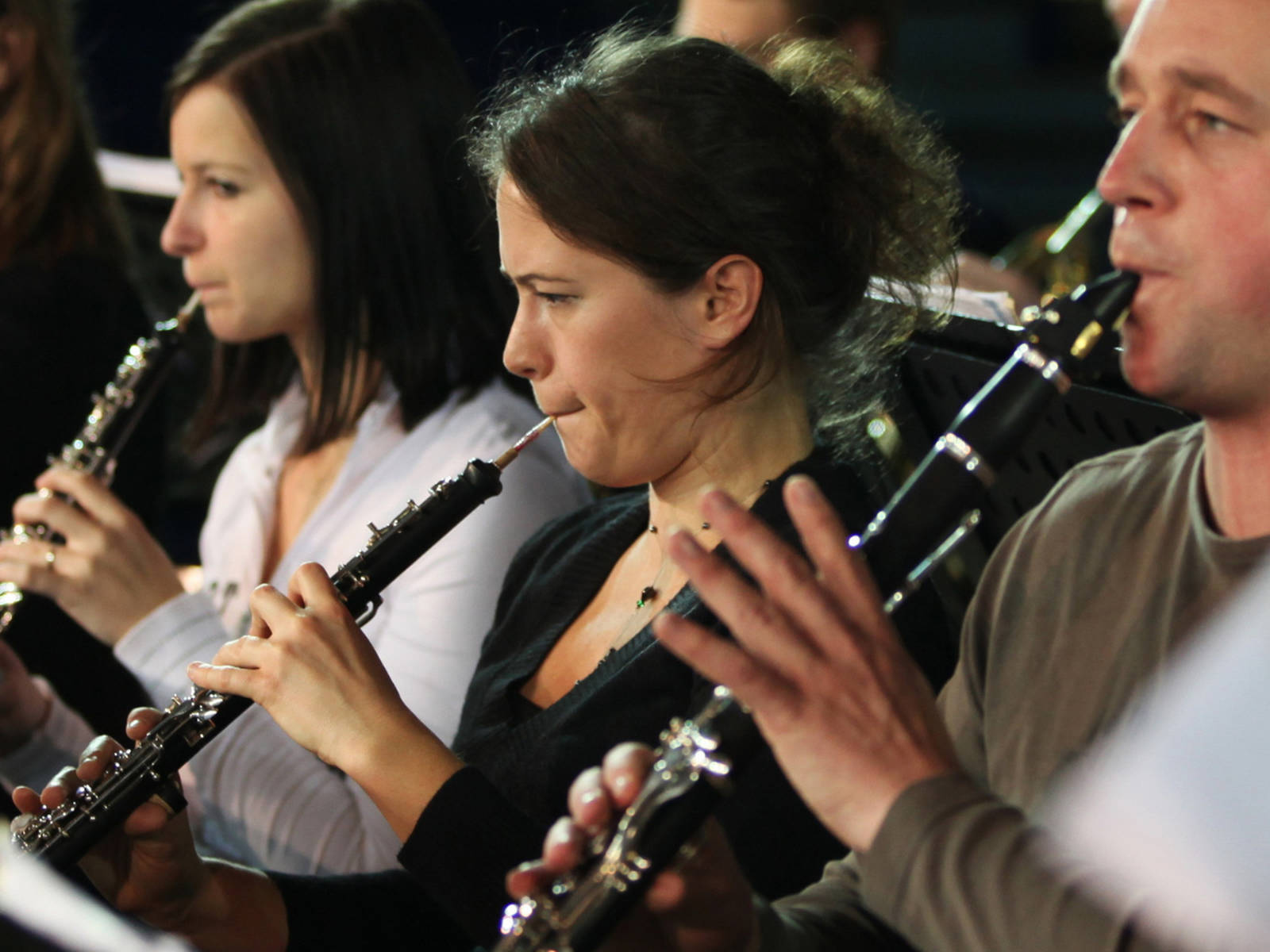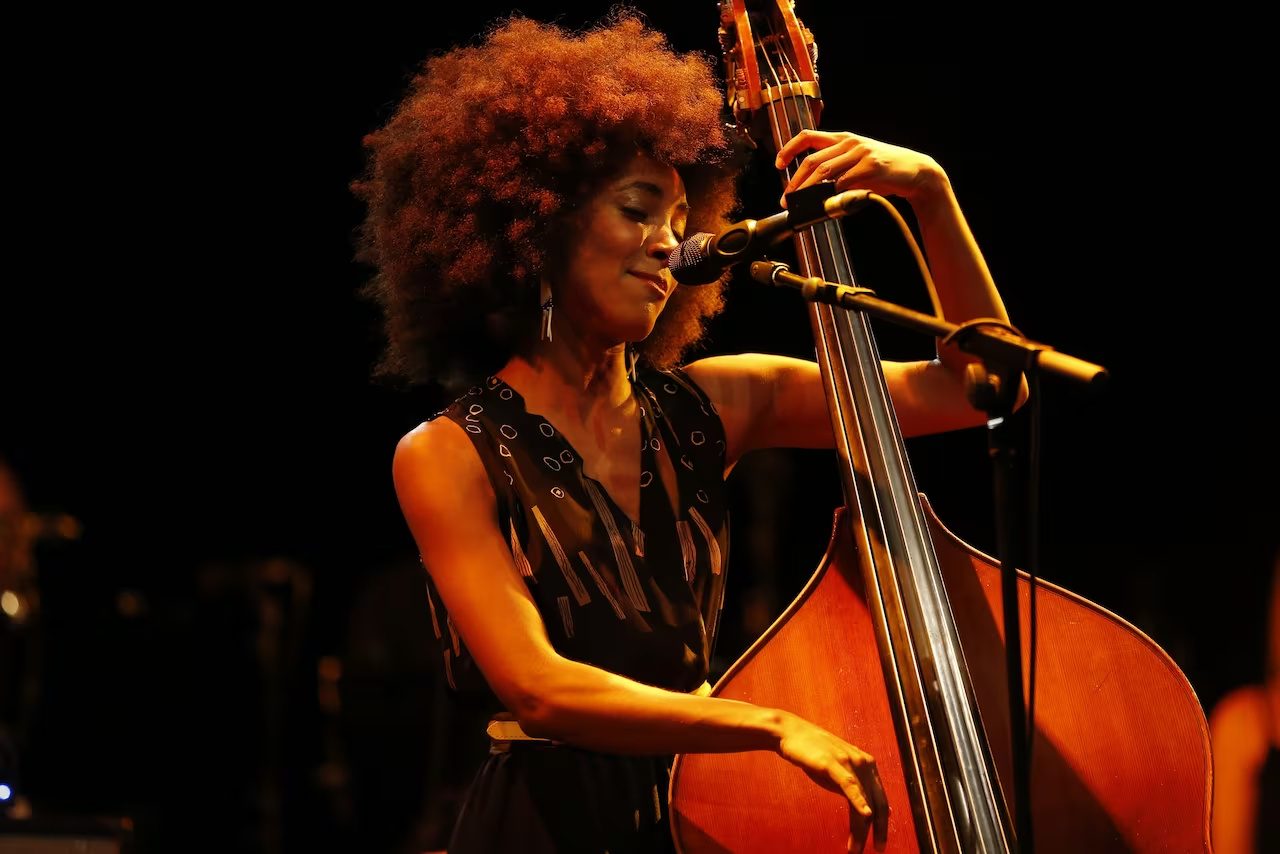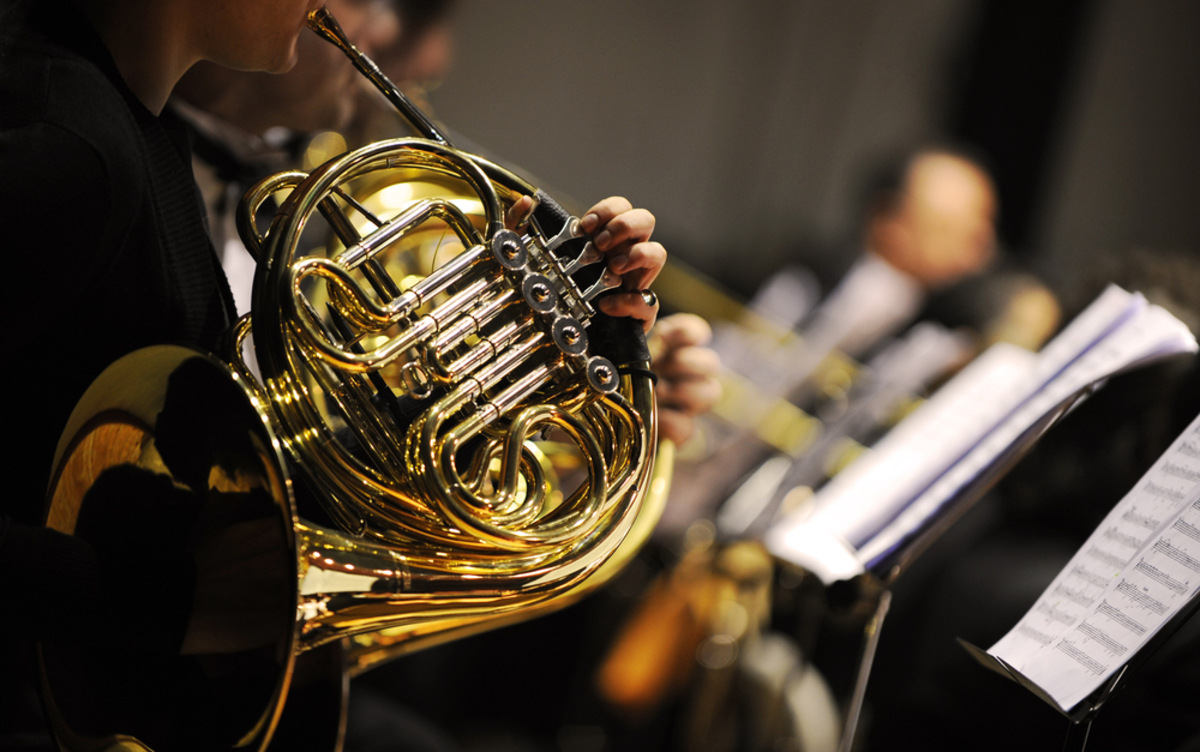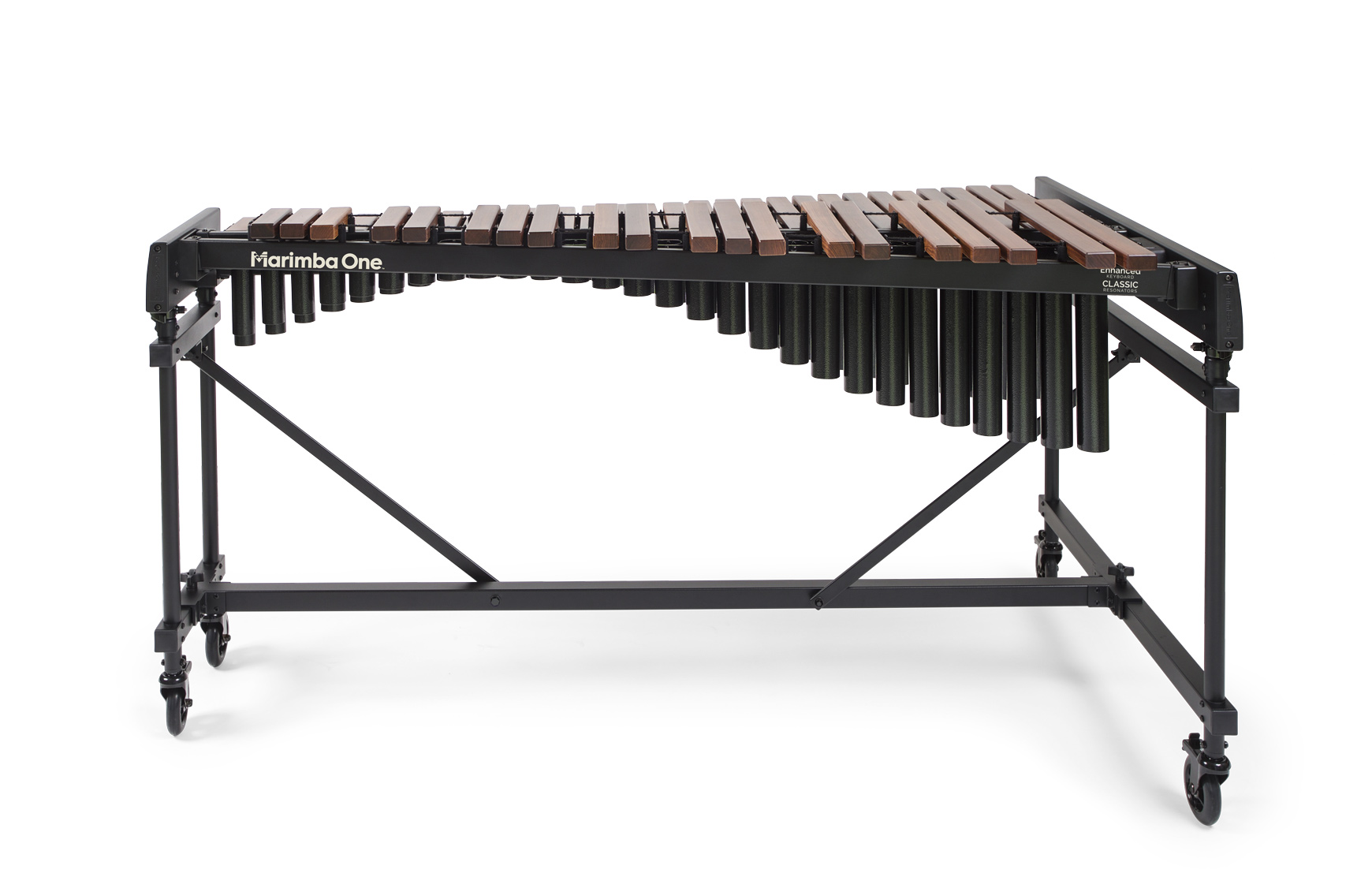Home>Production & Technology>Orchestra>What Are The Percussion Instruments In An Orchestra
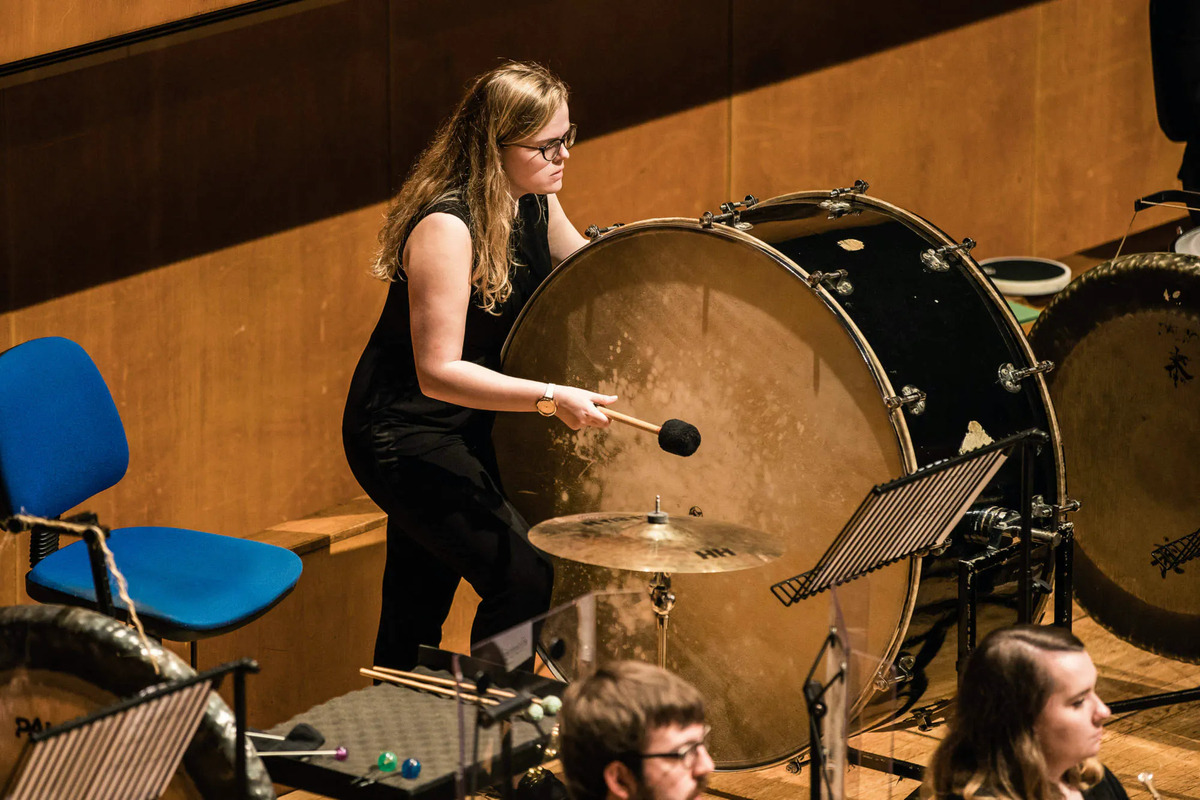

Orchestra
What Are The Percussion Instruments In An Orchestra
Published: February 25, 2024
Discover the diverse percussion instruments in an orchestra and their unique roles in creating captivating musical performances. Explore the rhythmic heartbeat of the orchestra.
(Many of the links in this article redirect to a specific reviewed product. Your purchase of these products through affiliate links helps to generate commission for AudioLover.com, at no extra cost. Learn more)
Table of Contents
Introduction
The world of orchestral music is a captivating realm where a symphony of diverse instruments unites to create mesmerizing harmonies and evoke profound emotions. Among these instruments, percussion holds a unique and indispensable role, enriching the musical tapestry with its rhythmic vitality and dynamic resonance. From the thunderous timpani to the delicate nuances of the triangle, percussion instruments infuse orchestral compositions with depth, texture, and a compelling rhythmic pulse.
In this article, we will embark on a rhythmic journey through the realm of percussion instruments within an orchestra. We will explore the significance of these instruments, their diverse types, and the pivotal role they play in shaping the sonic landscape of orchestral music. Additionally, we will delve into the rich history and evolution of percussion instruments, shedding light on their enduring relevance in classical music and beyond.
Join us as we uncover the captivating world of percussion instruments in orchestral music, where the resounding beats and intricate rhythms form the heartbeat of symphonic masterpieces.
Importance of Percussion Instruments in an Orchestra
Percussion instruments serve as the rhythmic backbone of an orchestra, providing a vital pulse that propels the music forward and infuses it with energy and dynamism. Their significance lies not only in their ability to maintain tempo and rhythm but also in their capacity to add depth, color, and dramatic impact to orchestral compositions.
In the realm of orchestral music, percussion instruments wield a transformative power, elevating the sonic experience and imbuing performances with a captivating sense of drama and intensity. The thunderous resonance of the timpani, the shimmering allure of the cymbals, and the subtle accents of the triangle all contribute to the rich tapestry of sounds that define orchestral arrangements.
Moreover, percussion instruments often serve as catalysts for evoking specific moods and atmospheres within a musical piece. The rumbling timpani can evoke a sense of impending grandeur, while the delicate chimes of the glockenspiel can imbue a composition with an ethereal, otherworldly quality. These instruments possess the remarkable ability to evoke emotions, create tension, and punctuate climactic moments, adding a layer of depth and emotional resonance to orchestral performances.
Furthermore, percussion instruments play a pivotal role in shaping the overall sonic balance and texture of an orchestral ensemble. They provide a diverse array of timbres and tonal colors, allowing composers and conductors to craft intricate sonic landscapes that captivate audiences and elevate the emotional impact of the music. From the rhythmic precision of the snare drum to the resonant vibrations of the bass drum, each percussion instrument contributes a unique sonic imprint, enriching the orchestral tapestry with its distinct character.
In essence, the importance of percussion instruments in an orchestra extends far beyond their role as mere timekeepers. They are the architects of rhythm, the purveyors of sonic depth, and the conduits through which composers and conductors infuse their musical visions with vitality and expression. In the grand symphonic tapestry, percussion instruments stand as pillars of rhythmic power and artistic nuance, shaping the very essence of orchestral music.
Types of Percussion Instruments
Percussion instruments encompass a diverse array of musical entities, each endowed with unique sonic characteristics and playing techniques. Within the orchestral landscape, these instruments can be broadly categorized into pitched and unpitched percussion, each contributing distinct tonal qualities and rhythmic elements to the ensemble.
Pitched Percussion Instruments
Timpani
The timpani, also known as kettledrums, stands as one of the most iconic and resonant percussion instruments in the orchestra. These large, bowl-shaped drums are equipped with tunable membranes, allowing the player to produce distinct pitches. The deep, majestic resonance of the timpani adds a sense of grandeur and gravitas to orchestral compositions, often serving as a foundational element in symphonic works.
Glockenspiel
The glockenspiel, a keyboard percussion instrument, exudes a crystalline, bell-like timbre that imparts a sparkling, ethereal quality to orchestral arrangements. Its shimmering tones and delicate articulation make it well-suited for evoking magical, otherworldly atmospheres within musical compositions.
Xylophone and Marimba
Both the xylophone and marimba belong to the family of keyboard percussion instruments, offering bright, percussive tones that resonate with clarity and precision. The xylophone produces a sharp, incisive sound, ideal for punctuating rhythmic passages, while the marimba emanates a warm, mellow resonance, enriching orchestral textures with its expressive tonal palette.
Unpitched Percussion Instruments
Snare Drum
Renowned for its crisp, staccato articulation and versatile playing techniques, the snare drum serves as a cornerstone of rhythmic propulsion within orchestral compositions. Its distinctive sound, characterized by a metallic snare mechanism, infuses compositions with rhythmic vitality and dynamic accents.
Bass Drum
The bass drum, with its commanding, low-frequency resonance, adds weight and depth to orchestral arrangements, punctuating climactic moments with thunderous impact. Its resounding presence and expansive sound contribute to the orchestral palette's fullness and dramatic intensity.
Cymbals
The cymbals, available in various sizes and thicknesses, offer a wide range of tonal colors, from shimmering, high-pitched crashes to subtle, atmospheric swells. These versatile instruments are adept at creating dramatic crescendos, adding a touch of brilliance to orchestral climaxes, and imparting a sense of grandeur and spectacle to musical performances.
Other Percussion Instruments
In addition to the aforementioned instruments, the orchestral percussion section encompasses a myriad of other diverse instruments, including the triangle, tambourine, tubular bells, and a wealth of auxiliary percussion such as wood blocks, temple blocks, and claves. Each of these instruments contributes unique textures, timbres, and rhythmic embellishments, enriching the orchestral tapestry with their individual sonic signatures.
In the grand orchestral mosaic, the diverse array of percussion instruments coalesces to form a rhythmic foundation that underpins the symphonic narrative, infusing compositions with vitality, expression, and a captivating array of tonal colors. Whether resonating with thunderous power or delicately shimmering with ethereal beauty, percussion instruments stand as indispensable pillars of rhythmic dynamism within the orchestral realm, enriching the musical experience with their diverse and evocative sonic contributions.
Role of Percussion Instruments in Orchestral Music
Percussion instruments play a multifaceted and indispensable role in shaping the sonic landscape of orchestral music, exerting a profound influence on the rhythmic, textural, and expressive dimensions of musical compositions. At the heart of their role lies the ability to infuse orchestral arrangements with dynamic energy, evocative colors, and rhythmic precision, thereby enriching the overall musical tapestry with their distinctive contributions.
Rhythmic Foundation: One of the primary functions of percussion instruments in orchestral music is to establish and maintain a solid rhythmic foundation. From the steady heartbeat of the timpani to the crisp articulations of the snare drum, these instruments provide essential rhythmic propulsion, ensuring that the ensemble remains cohesive and synchronized. Their rhythmic precision serves as a unifying force, guiding the flow of the music and imbuing it with a palpable sense of momentum and drive.
Textural Depth and Color: Percussion instruments contribute to the rich textural fabric of orchestral compositions, adding layers of depth and sonic complexity to the music. The resonant thunder of the bass drum, the shimmering brilliance of the cymbals, and the delicate chimes of the triangle all imbue the music with a diverse array of tonal colors, enhancing its expressive palette and evoking vivid sonic imagery. These instruments serve as sonic architects, sculpting the timbral landscape and infusing the music with a captivating array of textures and hues.
Dramatic Impact and Emotive Expression: Beyond their rhythmic and textural roles, percussion instruments wield a transformative power in evoking dramatic impact and emotive expression within orchestral music. The thunderous crescendos of the bass drum can underscore climactic moments with visceral intensity, while the ethereal resonance of the glockenspiel can imbue compositions with a sense of enchantment and wonder. These instruments serve as conduits for emotional expression, punctuating the musical narrative with poignant accents, suspenseful flourishes, and triumphant fanfares, thereby heightening the overall emotional impact of the music.
In essence, the role of percussion instruments in orchestral music transcends mere rhythmic accompaniment; it encompasses a dynamic interplay of rhythmic propulsion, textural enrichment, and emotive expression. As integral components of the orchestral ensemble, these instruments imbue compositions with vitality, drama, and sonic allure, shaping the very essence of orchestral music and enriching the listener's experience with their captivating rhythmic pulse and evocative sonic tapestries.
Notable Percussion Instruments in Orchestral Repertoire
The orchestral repertoire boasts a rich tapestry of percussion instruments, each revered for its distinct sonic character, expressive versatility, and pivotal role in shaping the orchestral sonic landscape. These instruments, ranging from the resounding timpani to the delicate intricacies of the triangle, have left an indelible mark on classical compositions and continue to captivate audiences with their evocative presence.
Timpani
The timpani, often referred to as the "kettledrums," stands as a venerable titan among orchestral percussion instruments. With their deep, resonant tones and tunable membranes, timpani wield a commanding presence, anchoring the rhythmic foundation of orchestral compositions. Renowned for their ability to evoke grandeur, majesty, and dramatic tension, the timpani have graced countless symphonic works, punctuating musical passages with their regal resonance and adding a sense of gravitas to orchestral performances.
Cymbals
The cymbals, with their shimmering brilliance and dynamic range, occupy a prominent place in the orchestral percussion pantheon. From thunderous crashes that herald climactic moments to delicate, ethereal swells that evoke mystical atmospheres, cymbals infuse compositions with a captivating array of tonal colors and dramatic accents. Their versatility and evocative power make them indispensable in shaping the emotional contours of orchestral music, adding a touch of spectacle and grandeur to symphonic narratives.
Snare Drum
The snare drum, celebrated for its crisp articulation and rhythmic agility, serves as a linchpin of rhythmic propulsion within orchestral arrangements. Its distinctive timbre and versatile playing techniques enable it to infuse compositions with vibrant energy, punctuating musical passages with dynamic accents and driving the rhythmic pulse of the ensemble. Whether evoking martial fervor, rhythmic exuberance, or dramatic intensity, the snare drum stands as a stalwart pillar of rhythmic vitality within the orchestral repertoire.
Glockenspiel
The glockenspiel, with its crystalline, bell-like tones and ethereal resonance, lends a magical allure to orchestral compositions. Often employed to evoke whimsy, enchantment, and celestial beauty, the glockenspiel imparts a sense of wonder and otherworldly charm to symphonic works. Its delicate articulations and shimmering timbres add a touch of ethereal splendor to orchestral arrangements, enriching the sonic tapestry with its luminous presence.
Bass Drum
The bass drum, with its commanding, low-frequency resonance and thunderous impact, imbues orchestral compositions with weight, depth, and dramatic gravitas. Its resounding presence underscores climactic moments with visceral power, adding a sense of grandeur and monumental scale to symphonic narratives. Whether heralding triumphant fanfares or punctuating dramatic crescendos, the bass drum resonates with commanding authority, shaping the sonic contours of orchestral music with its formidable presence.
In the grand orchestral symphony, these notable percussion instruments stand as pillars of rhythmic power, expressive nuance, and evocative resonance, shaping the very essence of orchestral music and enriching the listener's experience with their captivating sonic tapestries.
Conclusion
In the realm of orchestral music, percussion instruments stand as formidable pillars of rhythmic power, expressive nuance, and evocative resonance. From the resounding thunder of the timpani to the delicate shimmer of the glockenspiel, these instruments imbue orchestral compositions with vitality, drama, and a captivating array of tonal colors. Their multifaceted roles encompass rhythmic propulsion, textural enrichment, and emotive expression, shaping the very essence of orchestral music and enriching the listener's experience with their captivating sonic tapestries.
As the heartbeat of the orchestra, percussion instruments establish and maintain a solid rhythmic foundation, guiding the flow of the music with precision and drive. Their rhythmic prowess serves as a unifying force, ensuring cohesion and synchronicity within the ensemble, while infusing the music with a palpable sense of momentum and energy.
Moreover, percussion instruments contribute to the rich textural fabric of orchestral compositions, adding layers of depth and sonic complexity to the music. The diverse array of timbres, from the resonant thunder of the bass drum to the shimmering brilliance of the cymbals, enriches the expressive palette of orchestral arrangements, evoking vivid sonic imagery and captivating the listener's imagination.
Beyond their rhythmic and textural roles, percussion instruments wield a transformative power in evoking dramatic impact and emotive expression within orchestral music. Whether punctuating climactic moments with thunderous crescendos or imbuing compositions with a sense of enchantment and wonder, these instruments serve as conduits for emotional expression, heightening the overall impact of the music and resonating with audiences on a profound level.
In conclusion, the enduring relevance and captivating allure of percussion instruments in orchestral music are undeniable. Their rhythmic vitality, expressive versatility, and evocative resonance enrich the symphonic narrative, infusing compositions with dynamic energy and a captivating array of tonal colors. As integral components of the orchestral ensemble, percussion instruments shape the very essence of orchestral music, leaving an indelible mark on classical compositions and continuing to captivate audiences with their evocative presence.

